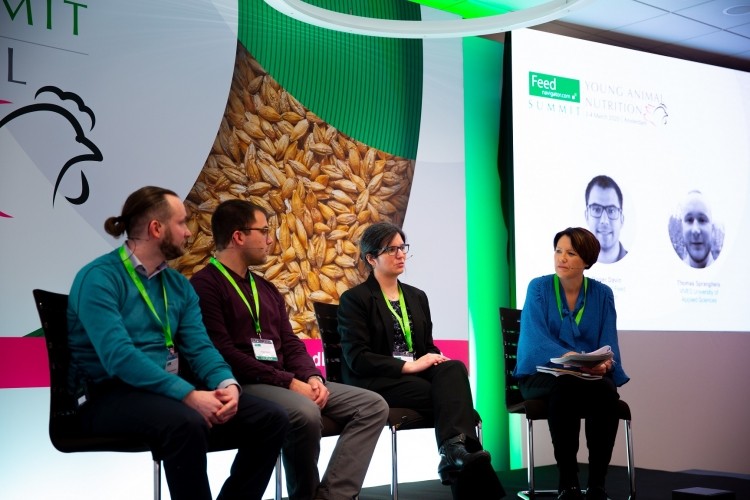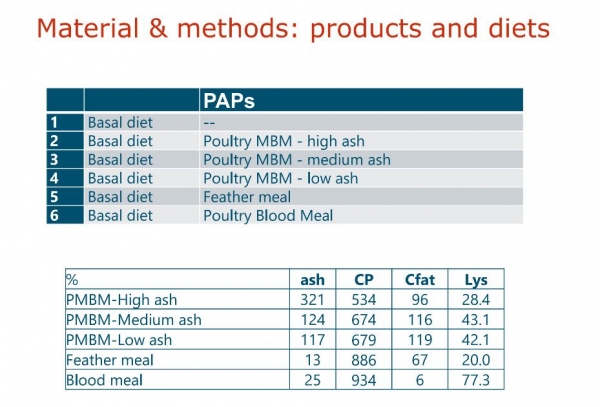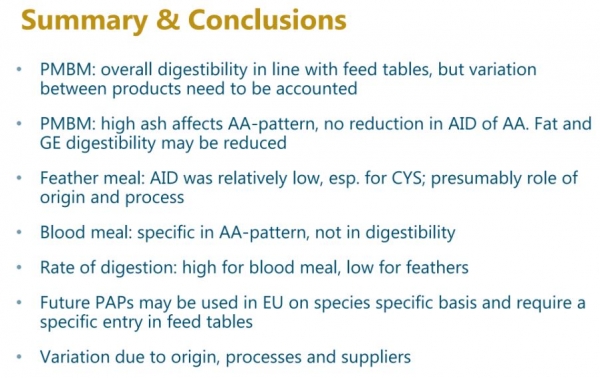EU policymakers make progress on PAPs legislative roadmap

Such an approach replaces one that was planning to stagger legislative approval for each species related PAP, and insect PAPs, separately.
That was the reported outcome of the technical experts’ meetings - the TSE Working Group - which took place in Brussels at the end of last month, February 25.
“We understand that discussions went well, with overall support from member states, and that these discussions would continue, over the next few months, through PAFF meetings. Hopefully, a positive vote by member states can be expected by mid-2020,” Christophe Derrien, secretary general, International Platform of Insects for Food and Feed (IPIFF), told FeedNavigator.
However, the above-mentioned PAFF meetings may be postponed due to the increasing spread of coronavirus, leading to a derailment of that hoped for mid-2020 timeframe, he cautioned.
Feed ban, nutritional value of PAPs today
There has been a ban on the use of PAPs in animal diets in the EU since 2000, following the BSE crisis. The ban was lifted on the use of such proteins in fish feed in 2013. The EU Commission is now looking to allow the reintroduction of poultry PAP in pig diets and pig PAP in poultry diets in the context of the EU’s ambitions to increase its rate of protein self-sufficiency and become less dependent on soy imports from South America.
Certain commentators say that any legislation enabling a reintroduction of PAP products in EU monogastric diets has to take account of their use in feed mills and how practical and workable that would be. They stress that farmer customers and end consumers must also be willing to accept the use of PAPs as feed materials.
But, in the 19 years since the ban, PAP processing methods have become harsher to guarantee the safety of animal by-products, and, as a result, the nutrient digestibility of PAPs for use in pig and poultry diets today may be affected, and the table values for such by-products might need to be updated accordingly.
At the FeedNavigator Summit 2020: Young Animal Nutrition, (YAN20), Roger Davin, researcher monogastric nutrition, Schothorst Feed Research (SFR), talked about some of the work being done, through a consortium, evaluating the composition and nutritional value of today's poultry derived PAPs for use in piglet diets.
The table below, a slide from Davin's presentation at YAN20, shows the poultry by-products he and his fellow researchers evaluated:
That research, which is led by Davin and Paul Bikker, senior researcher at Wageningen University & Research, is part of a Netherlands-focused public private partnership involving representatives of academia, international rendering and Dutch feed companies. That consortium is looking at boosting the percentage of European raw materials in feed formulations, towards the goal of a circular economy.
Davin says the findings show the overall digestibility of the poultry by-products he and the team tested is in line with Dutch and French feed table values, but variation between products need to be accounted for. Other results are noted below in a slide from Davin's talk at YAN20:
The project partners are currently studying the use of poultry by-products in newly weaned piglets and grower finisher pigs, said Davin. Results will be made public as soon as they are available.
The monogastric nutrition expert also told the attendees at YAN20 that with a de facto ban on the use of PAPs in place by supermarket chains in many European markets, regardless of EU regulatory developments, one of the next steps of the project is understanding consumer perception of the use of PAPs in pig feed, and, for that, the partners would like to get input from retailers and NGOs.
Contribution of insect farming to circular economy
According to a recent IPIFF position paper, hoping to inform the EU's Farm to Fork Strategy, insect farming has the potential to diminish certain challenges associated with imported food or feed products into the EU, while also shortening the agri-food chain. Since 2017, insect farming [in the EU] has been a leader with regards to innovative feed materials developed for the aquaculture market, said IPIFF.
The organization said the European insect sector is committed to further supplying new feed ingredients for poultry and swine animals, in accordance with their natural diet.
"Through circular practices, insect production can ultimately improve EU’s self-sufficiency in terms of feed materials. That is in line with one of the aims of the ‘European Green Deal’ when it comes to biodiversity: ‘...promoting the production and use of new sources of protein that can relieve pressure on agricultural land’."
Thomas Spranghers, researcher, VIVES University of Applied Sciences, in Belgium, also presented at YAN20 on the benefits of insect inclusion in the diets of young pigs, flagging up their ability to convert low-value side-streams into nutritional biomass.
Referencing a study he carried out in 2017, and the findings from a few earlier studies by other researchers, he told attendees that the digestibility of piglet feeds is not compromised by adding in 10% of defatted Black Soldier Fly (BSF) meal, with no adverse effects on piglets' performance either.
Spranghers also stressed the added functionality of insect ingredients, beyond protein replacement, commenting that BSF prepupae are also rich in fat, with lauric acid (C12:0) as the predominant fatty acid, known for its antimicrobial effects on Gram positive bacteria.














